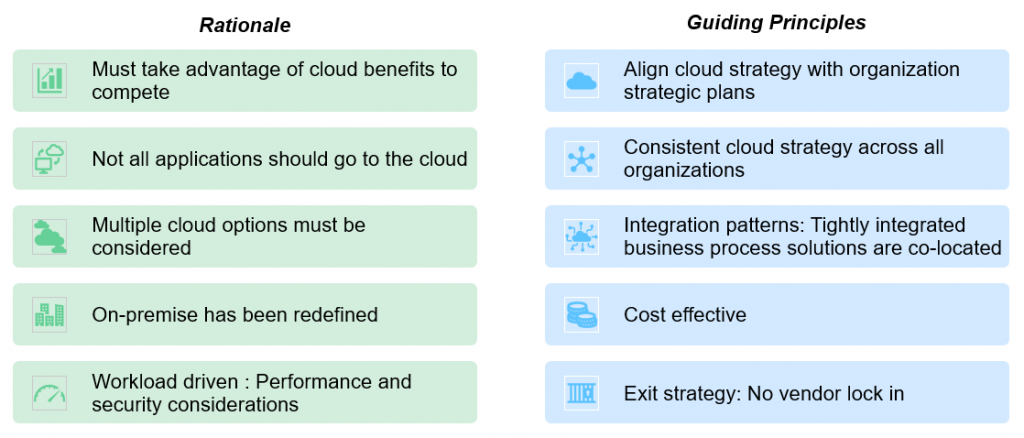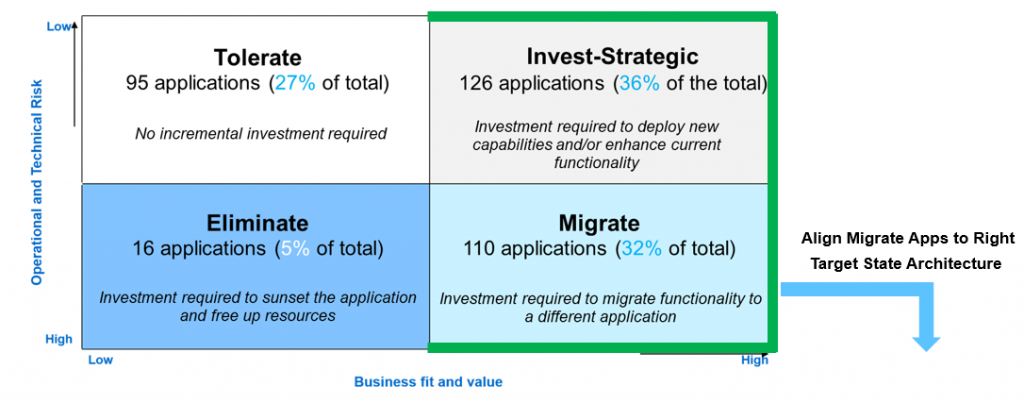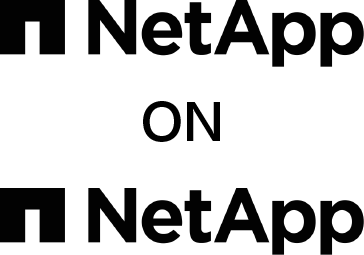Cloud vs. On-Prem: How NetApp IT decides what workloads go where
By Rajesh Shriyan
Cloud versus on-prem is one of the never ending questions of IT. Each have their own pros and cons, making them complimentary, but not in conflict with each other. When both are used correctly, you get an efficient, reliable IT environment.
However, part of that requires understanding what applications and platforms work best in which environment. At NetApp IT, we have a philosophy and process for determining where resources are allocated. Over the past decade there’s been a shift from placing everything on-prem to more cloud and now our hybrid model.
So, where do we move certain workloads and why?
The Cloud vs. On-Prem Decision Framework
Our Framework starts with our strategy. For NetApp IT, we wanted agility, while understanding that we are not necessarily a cloud-first organization. Though it may feel like everything is headed towards to cloud, not all applications fit well there. Moving to the cloud requires business value, there are regional regulatory considerations, and requires a certain level of cross-platform flexibility. Meanwhile, the concept of on-prem has been redefined. You no longer have a dedicated server or dedicated storage in a hybrid cloud environment. The on-prem data center is now built and in many ways looks like the cloud. They can now autoscale, have cluster environments, can create containers, and deploy applications.
Your decision framework also needs to be specific to each workload. They’re all unique and need to be treated as such. Each workload needs to be evaluated based on performance and security. Going to the cloud may have latency issues that negatively impact performance. Then, for security, there are a whole host of considerations. A cloud provider may not have all of the controls that a workload needs.
Then you need guiding principles that are consistent across your entire organization. For NetApp IT, we follow a strategy that is cost effective and avoids being locked in with a single vendor.

A Cloud Smart Strategy
NetApp IT doesn’t default to being cloud first, but we do subscribe to the strategy of being cloud smart. This means that cloud is the default option for new IT investments, but that does not mean this applies for every workload. Most SaaS solutions, for example, are going to live in the cloud. Most common business needs or problems can solved in the cloud.
However, unique problems that are specific to NetApp and require a custom solution are better suited for on-prem. These often have specific requirements that an on-prem option is superior at meeting. These systems are often integrated with other on-prem applications, which creates the seamless flow of data. That’s a business advantage. If it does not provide a business advantage, cloud is no longer and option.
The Grading Process
NetApp IT has over 400 applications throughout the enterprise. Each was considered for migration to the cloud, with their operational and technical risk evaluated. From there, we broke them down into four categories:
- Tolerate – Leave the application as is
- Eliminate – Shut the application down
- Migrate – Move to the cloud
- Invest–Strategic – Invest in improvements and deploy to cloud

Embrace the cloud but leave options
There is truth in believing that innovation happens in the cloud and it allows for quick growth. However, blindly putting all workloads there leads to bigger issues and bigger bills. That’s why we’re Cloud Smart, where we acknowledge that the cloud is right often, but not every time. Using an intelligent, thoughtful approach leads to good decisions and optimal performance.

Rajesh Shriyan
Rajesh Shriyan is the Senior Director of IT Enterprise Architecture at NetApp. Rajesh and his team work with NetApp’s business teams to ensure application capability in the enterprise and map applications to these capabilities. They help determine how an organization can most effectively achieve its current and future objectives.


